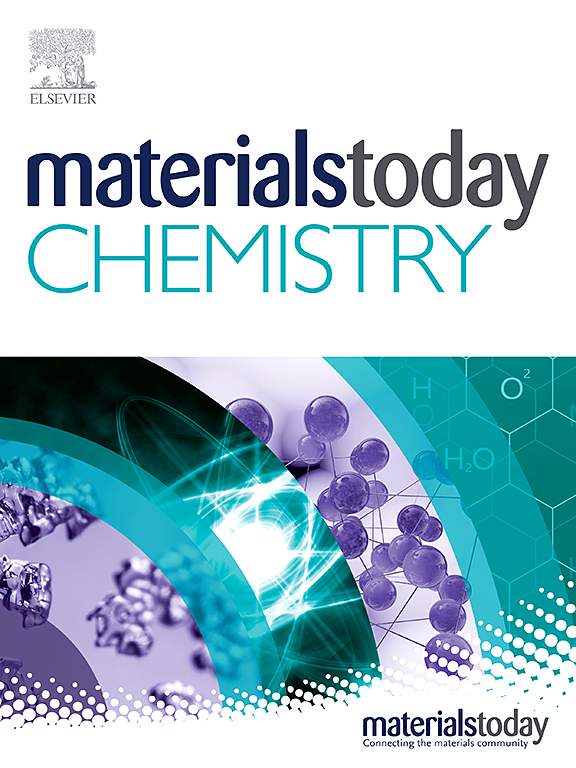用于组织工程的近似人体骨小梁结构的聚丙烯腈-壳聚糖 IPN 复合支架
IF 6.7
2区 化学
Q1 CHEMISTRY, MULTIDISCIPLINARY
引用次数: 0
摘要
成功的骨组织工程涉及几个重要参数的管理,如相互沟通的多孔结构的设计、孔径大小以及材料和机械的适用性。在我们的工作中,我们的重点是制备一种在形态上模仿人体骨小梁结构的合成支架。这种支架是通过对聚丙烯腈进行热改性(TM)制成的。交联壳聚糖支撑网络支撑了支架的强度。所制备的支架具有适当大小的压印孔隙,可促进人类成骨细胞在主成孔剂氯化钠形成的整个孔隙中生长和增殖。由此产生的材料具有双重多孔形态结构,其中可调节的较大孔隙可支持细胞向支架内生长,而使用琥珀腈(SCN)作为次要成孔剂形成的较小孔隙可增加氧气和营养物质向发育中细胞的扩散。使用基于壳聚糖的二级互穿网络(IPN)可提高支架的机械性能。二级 IPN 的加入显著改善了支架的机械特性。使用了两种交联剂:一种是广泛使用的戊二醛(GA),另一种是绿色无毒的替代品--基因素(GEN)。本文章由计算机程序翻译,如有差异,请以英文原文为准。
Polyacrylonitrile‒Chitosan IPN composite scaffolds that closely mimic the human trabecular bone structure for tissue engineering
Successful bone tissue engineering involves managing several important parameters, such as the design of intercommunicating porous structures, pore sizes, and the material and mechanical suitability of the material. In our work, we focused on the preparation of a synthetic scaffold that morphologically mimics the structure of human trabecular bone. The scaffolds were fabricated through the thermal modification (TM) of polyacrylonitrile. The scaffold strength was supported by a crosslinked chitosan supporting network. The prepared scaffold has imprinted pores of the appropriate size to facilitate the ingrowth and proliferation of human osteoblasts throughout the entire pore volume created by a primary porogen, sodium chloride. The resulting material has a dual porous morphological structure, in which adjustable larger pores support cellular ingrowth into the scaffold, whereas smaller pores, created using succinonitrile (SCN) as a secondary porogen, increase the diffusion of oxygen and nutrients to developing cells. The mechanical properties of the scaffold were promoted by the use of a secondary interpenetrating network (IPN) based on chitosan. The incorporation of secondary IPNs led to a significant improvement in the mechanical characteristics of the scaffold. Two crosslinking agents were used: the widely utilized glutaraldehyde (GA) and its green, nontoxic alternative, genipin (GEN).
求助全文
通过发布文献求助,成功后即可免费获取论文全文。
去求助
来源期刊

Materials Today Chemistry
Multiple-
CiteScore
8.90
自引率
6.80%
发文量
596
审稿时长
33 days
期刊介绍:
Materials Today Chemistry is a multi-disciplinary journal dedicated to all facets of materials chemistry.
This field represents one of the fastest-growing areas of science, involving the application of chemistry-based techniques to the study of materials. It encompasses materials synthesis and behavior, as well as the intricate relationships between material structure and properties at the atomic and molecular scale. Materials Today Chemistry serves as a high-impact platform for discussing research that propels the field forward through groundbreaking discoveries and innovative techniques.
 求助内容:
求助内容: 应助结果提醒方式:
应助结果提醒方式:


